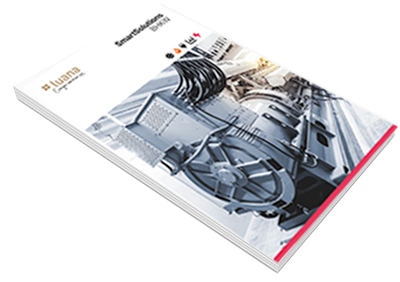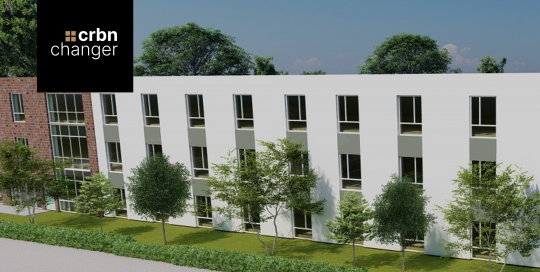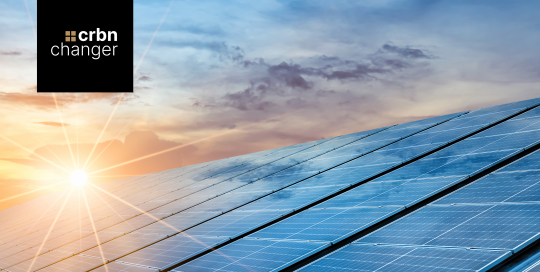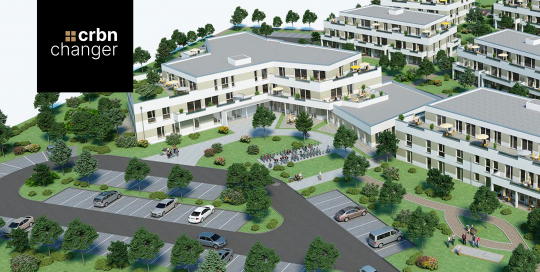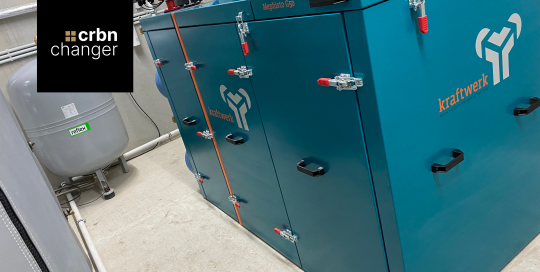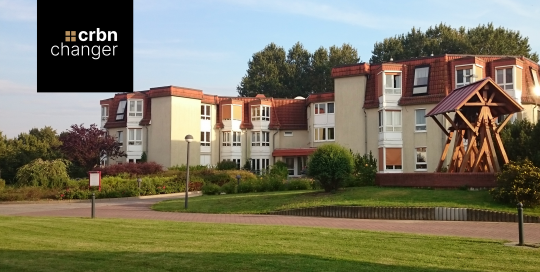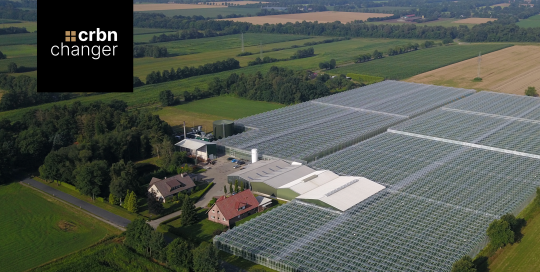Combined heat and power units (CHP)
For a decentralized energy supply
A CHP, a decentralized supporting supply unit for electricity and heat, is an economical and resource-saving way to supply objects with energy. Hydrogen, biomethane (bio natural gas), liquid gas, or natural gas, as well as wood pellets and wood chips are used as fuels. In addition to the generated heat, there is income from the additionally generated electricity (combined heat and power), which is separately remunerated by subsidies. Through this remuneration we subsidize your electricity and heat price, which enables us to ensure a higher price stability than with a conventional supply. Relief of the overall power grid and the targeted utilization of the combined heat and power plant, without the generation of unused heat, strengthen the resource-saving approach. Especially for energy-intensive objects, a CHP-supported energy supply is an optimal possibility for a secure supply.
What is a combined heat and power unit (CHP)?
Energy generation system that produces heat & electricity simultaneously
A combined heat and power unit (CHP) is a system for decentralized energy generation that produces heat and electricity at the same time. In other words, combined heat and power plants are modular systems for generating electrical energy and heat, which are preferably operated at the place where the heat is consumed. Useful heat can also be fed into a local heating network. The system uses the principle of combined heat and power generation. According to the Federal Environment Agency, cogeneration is “the simultaneous conversion of energy into mechanical or electrical energy and usable heat within a thermodynamic process”.
Pictures above: Buderus combined heat and power plant (CHP) in Ducherow © Luana AG, 2024
CHP plants are more efficient than “conventional” power plants, as they do not leave the waste heat unused and therefore have a higher overall efficiency. “Conventional” power plants are power plants that are based on proven technologies and fuels that have been used in energy generation for a long time and have comparatively high CO₂ emissions, such as coal-fired power plants, gas-fired power plants, oil-fired power plants or nuclear power plants. According to Buderus, the overall efficiency (electrical and heat) of a CHP unit with a combustion engine can be up to 90 %.
Relieving the overall power grid and the precise utilization of the CHP unit (without the generation of unused heat) strengthen the resource-saving approach. Especially for energy-intensive properties, a CHP-supported energy supply is an optimal option for a secure supply.
Sources:
Federal Environment Agency (Further information on combined heat and power generation; only available in German)
Buderus (Section: What is efficiency and how is it determined; only available in German)
How does a combined heat and power unit (CHP) work?
An engine drives a generator that produces electricity, while the waste heat is used for heating
A combined heat and power unit (CHP) works as follows:
- An internal combustion engine (e.g. gas engine, diesel engine, gas turbine, steam engine or Stirling engine) is operated with a fuel (either fossil such as natural gas, heating oil, etc. or regenerative such as hydrogen, biogas or wood pellets).
- The engine drives a generator that converts mechanical energy into electricity.
- The waste heat generated during combustion is not emitted unused, but used for heating:
- The cooling water from the engine transfers heat to a buffer tank, from where the heating system and hot water preparation are supplied.
- The hot exhaust gases from the engine are used to generate heat via a heat exchanger.

Graphic: Schematic representation of how a combined heat and power unit (CHP) works © Luana AG, 2024
The electricity generated can either be consumed by the customer or fed into the public grid (usually with remuneration). By combining electricity and heat generation, CHP units achieve very high levels of efficiency and are therefore more energy-efficient and environmentally friendly than conventional power plants.
Source: Blockheizkraftwerk-bhkw.net (More about combustion engines in CHP units; only available in German)
CHP technologies & SmartSolutions
Tailor-made concepts
Luana‘s goal is to ensure that every kilowatt hour produced is generated in an environmentally-friendly, cost-effective, and decentralized manner. To achieve this, we offer SmartSolutions that optimally combine modern technologies, such as photovoltaics, heat pumps, charging infrastructure, and CHP technologies (combined heat and power plants), to accelerate your personal energy transition. This approach takes a holistic view of reducing CO₂ emissions. We utilize innovative optimization techniques, financing alternatives, and an AI-powered remote monitoring system to create customized solutions for our clients.
Ready to go green?
Contact our experts now.














